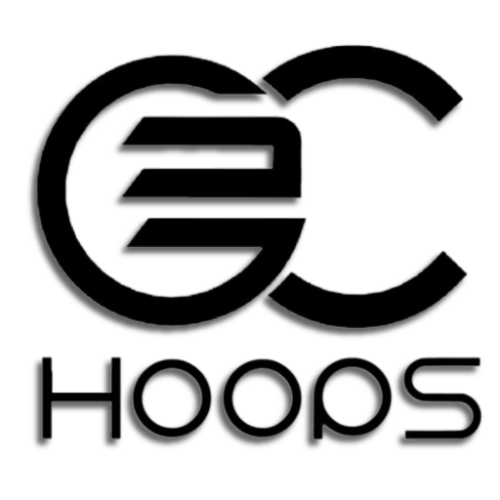
In recent conversations with numerous Division 1 and Division 2 college coaches, it’s become increasingly clear that the transfer portal has become their primary focus for filling roster spots ahead of the upcoming season. Rather than relying heavily on high school recruits, many programs are turning to experienced college players in the portal to meet immediate team needs.
National basketball analyst Kameo Williams, founder of Gems in the Gym, has closely tracked the evolving influence of the transfer portal since the NCAA revised its rules to allow more player mobility. According to Kam, this shift has significantly disrupted traditional recruiting pipelines, making it more difficult than ever for high school athletes to secure scholarship offers. The emphasis on seasoned collegiate talent has added a new layer of complexity and competition to the recruiting landscape, putting additional pressure on younger prospects trying to break into the college ranks.
In his article titled, “Some College Coaches might skip the early Viewing Period?” – The New Reality of Early Viewing Periods in Girls Basketball, he touches on four key points to include Portal Changed the Game, Budget Cuts and Economic Impact, Official Visits Over Evaluation, and Talent Funnel Being Overcrowded. I advise parents and prospects to read the article here: https://www.gemsinthegym.net/post/some-college-coaches-might-skip-the-early-viewing-period-the-new-reality-of-early-viewing-perio
Kam makes great points in his Budget Cuts and Economic Section. “Traveling with a coaching staff across the country isn’t cheap. Let’s talk numbers—because money matters. On average, sending a single college coach to an early viewing period can cost a college program on average between $2,000 to $4,000 per coach for a single 3-Day viewing weekend. Here’s an example of the breakdown: round-trip airfare typically runs between $400–$650 depending on distance; hotel stays for 2–3 nights average $200 per night; rental cars tack on another $150-$200; meals and per diem add another $150–$200; and then you’ve got Coaches Packets, which often cost $400–$700 depending on the event organizer. Multiply that by three or four staff members, across multiple events and suddenly, mid-majors and even some Power 4 programs are looking at five-figure travel costs before July even begins,” (Williams).
The early NCAA viewing periods may see a noticeable dip in college coach attendance this year, largely due to the rising costs associated with travel and recruitment. From my perspective, it’s easy to understand why: why would a coaching staff allocate significant resources to scout high school players who have yet to prove themselves at the collegiate level, when they can instead focus on transfer portal or JUCO prospects who have already demonstrated their ability to contribute at the college level?
As of today, there are more than 1,400 players currently in the NCAA transfer portal. This makes the recruiting landscape extremely competitive—especially for high school athletes hoping to land Division I or Division II offers. The sheer volume of experienced talent available in the portal gives college programs a deep pool of battle-tested players to choose from, which naturally shifts the focus away from less-proven high school prospects.
One of the most viable—and often overlooked—pathways to a Division I or Division II opportunity is through the junior college (JUCO) route. JUCO offers athletes the chance to refine their skills, mature physically and mentally, and compete against high-level talent. Over the course of one or two seasons, prospects can build a strong resume, gain valuable experience, and prove their readiness for a four-year program. For many, JUCO is becoming a critical stepping stone and a golden opportunity to earn their shot at the next level.
As the recruiting landscape continues to evolve, it’s not just college coaches who are adapting—the prospects themselves must also adjust their approach. The methods and priorities college programs use to identify and evaluate talent have changed dramatically, especially with the rise of the transfer portal, data analytics, and increased emphasis on experience and readiness.
In response, high school and JUCO athletes must evolve the way they build relationships and connect with college coaches. It’s no longer enough to simply rely on highlight reels and hope to be discovered at a tournament. Today’s prospects need to be proactive, strategic, and intentional in how they market themselves. This means taking ownership of their recruitment—whether that’s through direct outreach to programs, maintaining a strong and consistent presence on social media, or working with trusted mentors who can help them get in front of the right people.
Ultimately, as college coaches become more efficient and targeted in how they recruit, prospects must be equally thoughtful and dynamic in how they engage with those coaches. The ability to communicate effectively, showcase growth, and demonstrate a clear understanding of where you fit within a program’s needs is becoming just as important as your on-court skills.





